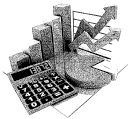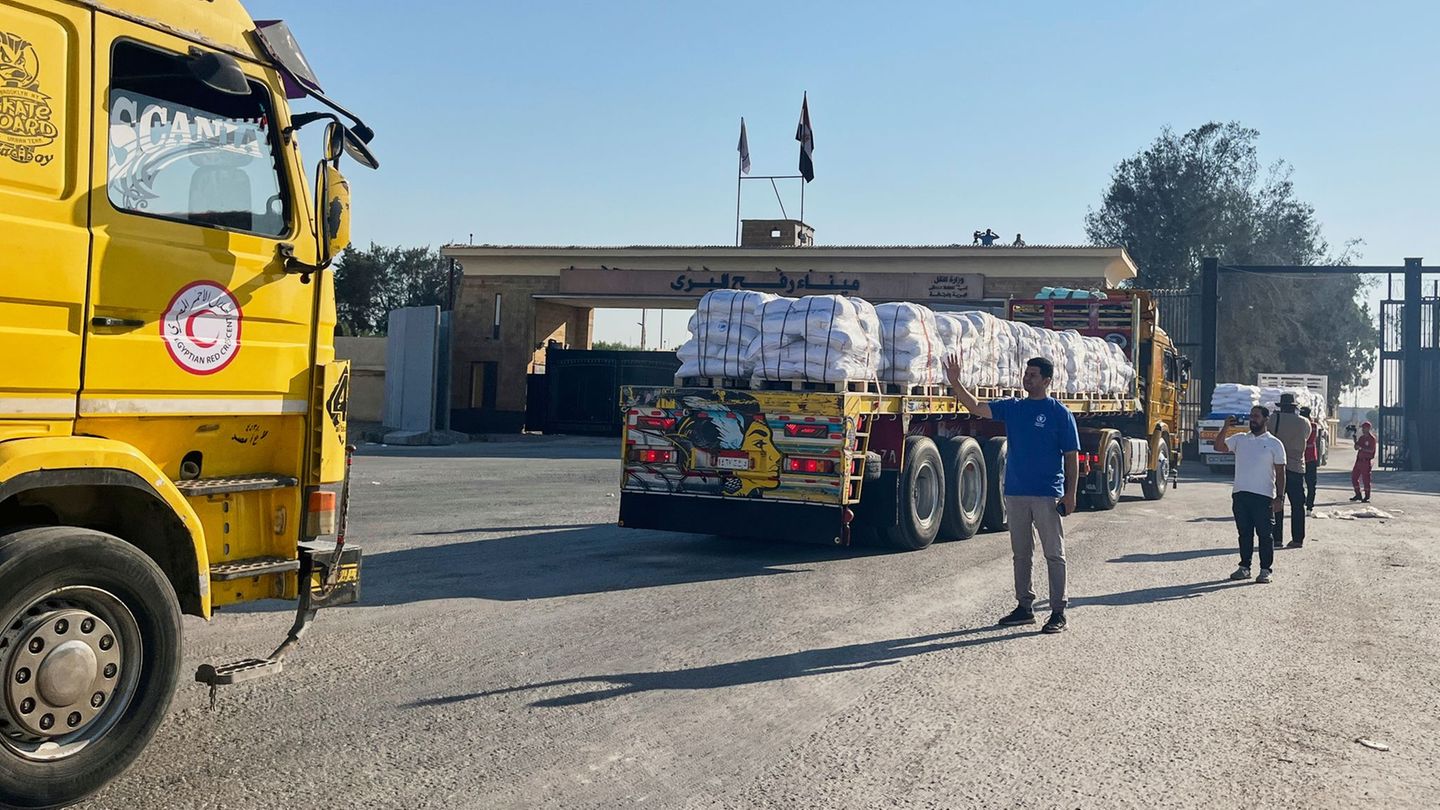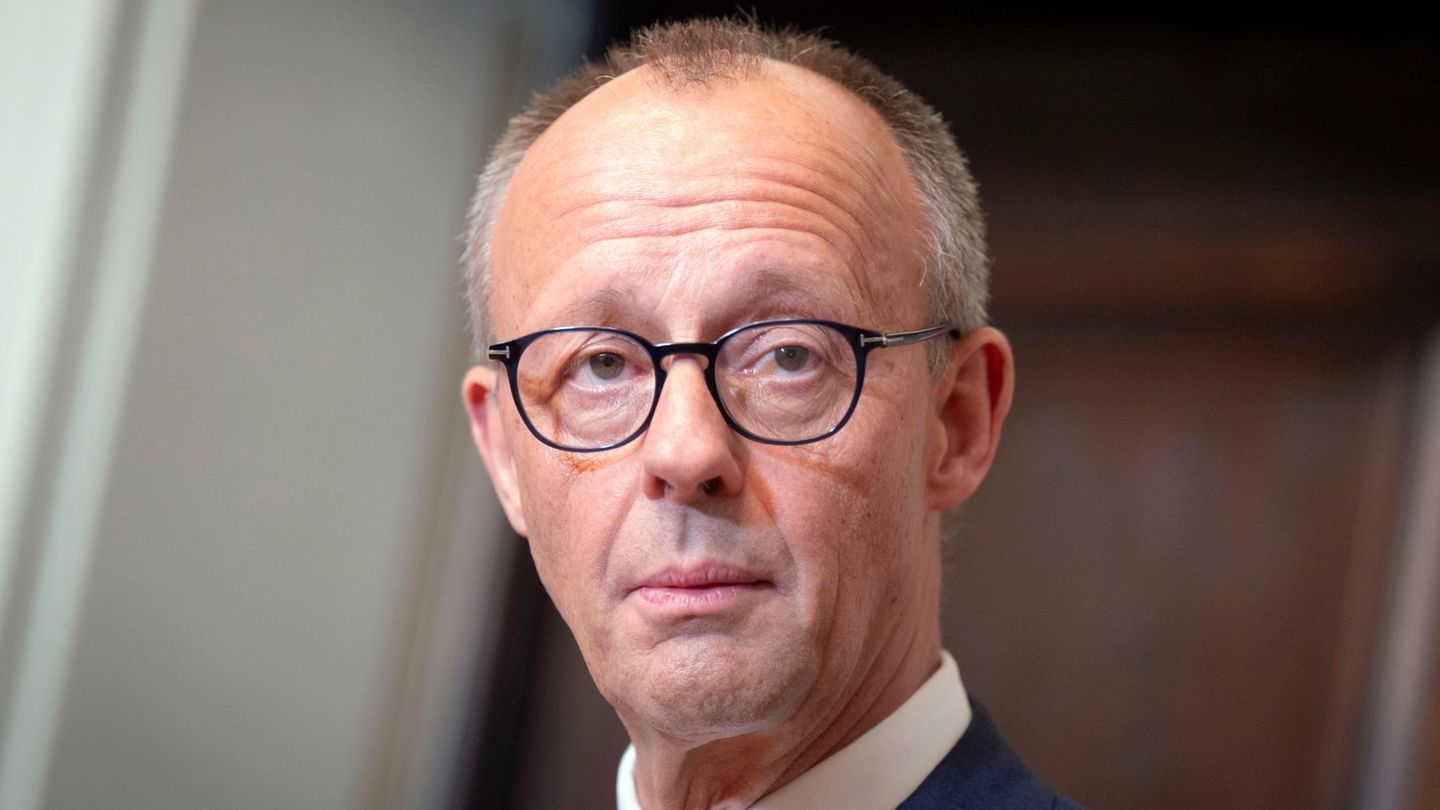Global sovereign bonds had a very good day yesterday, in which they registered increases that went from 1.4% to 7.7%. In this framework, the Global 2030 exceeded US$30 for the first time in four months. In addition, the country risk reached its lowest level in almost two months. Now, what is this optimism about and will they continue to rise?
From the SBS Group they assured that “there was a day of celebration in the Argentine bond market that operated from low to high, with the Globals somewhat more in demand than the Bonares, closing at maximums for the day with average increases of US$1.3 along the curve.”
Given this, the market handles several theories about the reason for this strong rise. According to a PPI report, there are two key factors that could influence the level of Central Bank reserves: on the one hand, the potential agreement with the IMF, where news is expected next week, and on the other, the agreement with the Central Bank of China to renew the swap and increase the amount available.
On the other hand, they assure that, in 2024, with a new government in power, “the income of foreign currency by agriculture would tend to normalize. Agriculture will very likely once again obtain good yields that will allow it to contribute foreign currency close to the average”.
But also from IBE they warned that, if one looks at a historical perspective and if a connection is made with the different sovereign bonds, “we see that the current levels almost price a debt with a high risk of default, trading at levels that are below the recovery levels observed in acid restructuring and with greater removals”.
Other traders also mentioned two other possible causes for the rise in dollar bonds. On the one hand, the famous “electoral trade”, by which investors buy assets to anticipate the possible outcome of the elections. And, on the other, the debt swap in pesos.
Finally, Juan José Vázquez, from Cohen, in a dialogue with this outlet, assured that “the perspective is that the exchange will be good and the short-term maturities will be ‘rolled’ mainly given the tenure that the public sector has. And subject to this is what remains with the private sector. This has helped to decompress the fear that exists in the fixed income market in pesos, which is the one that most affects banks”.
Within this framework, the country-risk measured by the JP.Morgan bank fell 2.22% to 2,335 basis points, a level similar to that registered in mid-April.
The leading stock index S&P Merval fell 0.1% to 388,089.58 points, after registering its intraday all-time high of 388,548.78 units.
However, among the main increases was the financial sector for the second consecutive day. The increases were led by Banco Macro (4.8%), Grupo Financiero Galicia (4%) and BBVA (3.7%).
Source: Ambito




